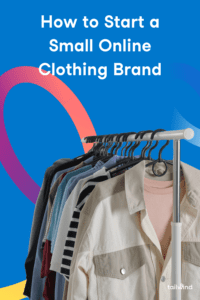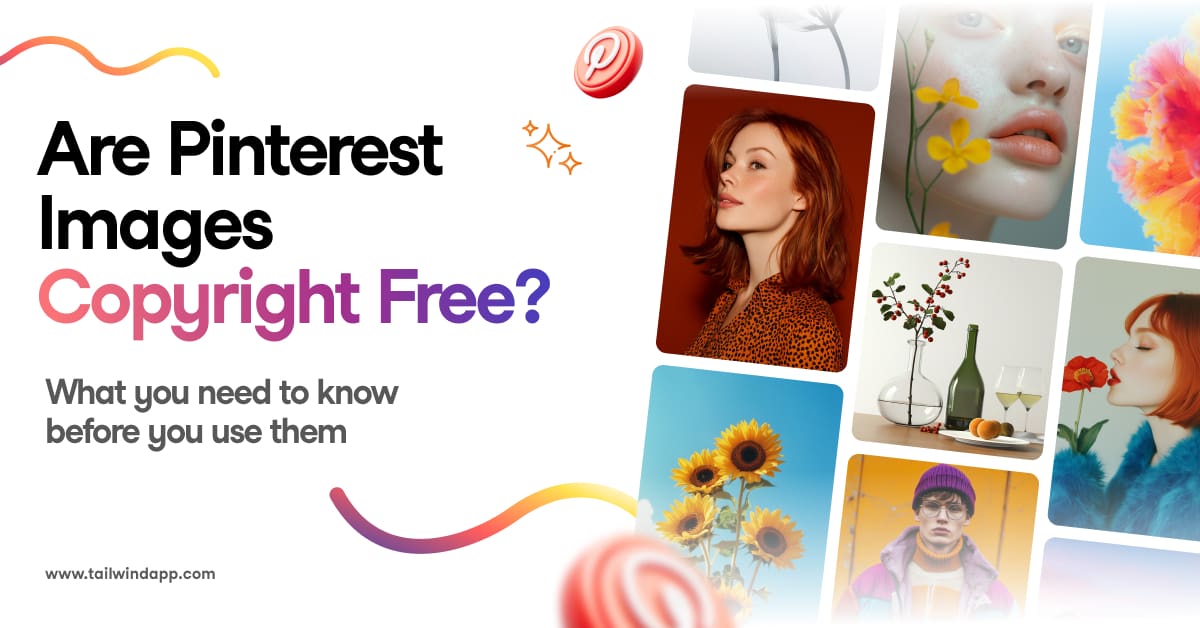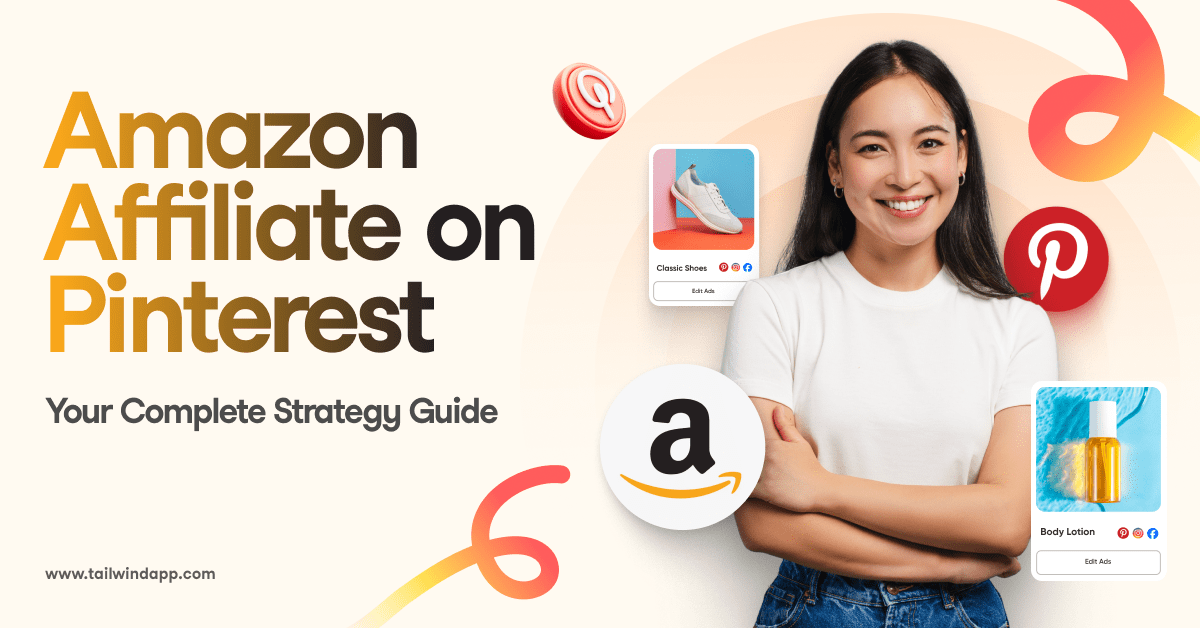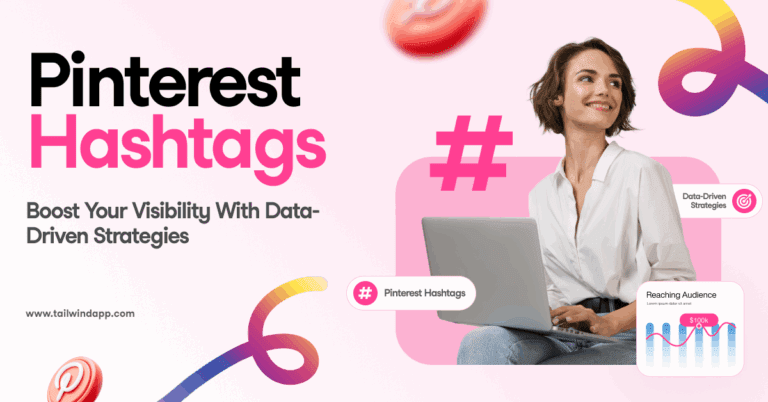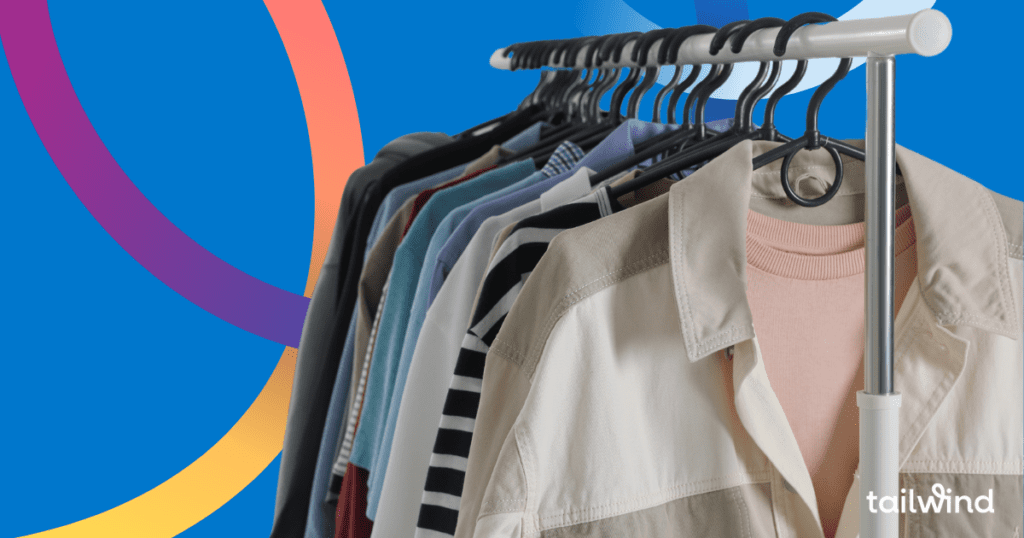
The apparel market seems to be ever-growing. While it may seem that the competition is extremely high and the market is saturated, there is always a place for a brand with original positioning.
Put a proper marketing spin on a t-shirt, add a story to it, and suddenly you are selling them like hotcakes.
In this post, we want to provide a quick overview of the main things to keep in mind when you are planning to start selling your own brand of clothes online.
Building Your Brand
Before setting up your store you need to establish a strong, relatable brand that speaks directly to your intended audience.
Creating a Strong Brand Identity
Your brand identity is the essence of your online clothing brand. Think of it as the personality of your business — something that your target audience can relate to.
Start by identifying your niche in the fashion brand landscape and then developing the pillars of your brand: its values, attributes, and story. Here’s how to ensure your brand identity resonates:
- Define your target audience. Clearly identify who your clothing is for. Consider demographics like age, gender, lifestyle, and interests.
- For example, Belle Threads has a very defined niche: “Busy moms who love taking pictures of their daughters.”
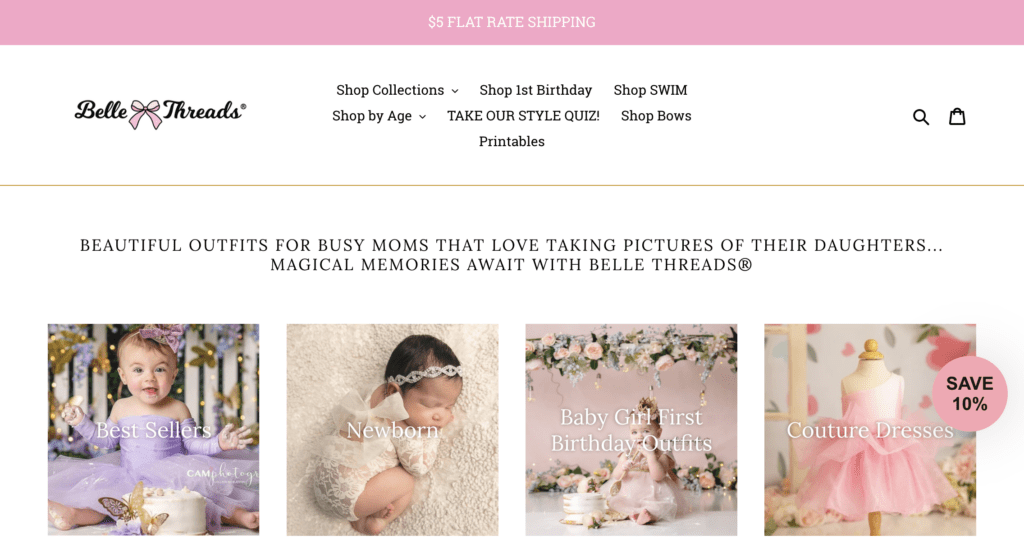
- Establish your brand’s core values and ethos. Are you all about sustainability, or perhaps your brand is the epitome of luxury? These attributes should permeate every aspect of your business.
- The rockstar/rebel ethos is very clear throughout the Agoraphobix store:


Designing a Memorable Logo
Your logo is often the first visual cue customers have of your brand, so it should align with the broader brand design and communicate your identity effectively. To create a logo that lasts:
- Hire a professional designer or use a design platform. They can translate the essence of your brand into a visual form.
- Keep it simple. A logo should be recognizable, easy to recall, and scalable to work across various marketing materials.
Defining Your Mission and Vision
Articulate your brand’s mission (your current aim) and vision (your aspirations) to guide your marketing strategy and business decisions.
This clarity helps to build a community around your brand and foster loyalty. When crafting your mission and vision statements:
- Be specific about your brand’s purpose. Why does your clothing brand exist, and what gap is it filling in the market?
- Communicate your aspirations. How do you see your brand evolving, and what impact do you aim to have on the fashion industry or society?
In comparison to other businesses, you should be very open about your core messaging. It will be your main differentiating factor.
If people relate to your core messaging (value proposition) they will be eager to support you through purchasing, or even better: become part of the message by buying and wearing your brand.
Check out the mission and values for “Honest, the label”. The store is rooted in a place (Bali) and in values: sustainability, slow fashion, local (to Bali) sourcing, and protecting the animals of Bali.

Greybandit’s mission is rooted in helping women battling mental illness.

Product Development
When starting your own online clothing brand, product development is crucial. It’s about taking your unique vision and translating that into sellable clothing items that resonate with your target audience.
You need to choose between creating a brand from scratch or utilizing dropshipping, design your debut collection, select quality materials, and partner with reliable manufacturers.
Brand vs Dropshipping vs Print-on-Demand
Brand Creation involves building your clothing line from the ground up. You’re in charge of every detail, from the design to the packaging. This can be rewarding but requires significant investment in time, money, and effort.
- Control: Complete creative control of your fashion line
- Investment: Higher upfront costs for design, manufacture, and stock
Dropshipping, on the other hand, allows you to sell clothing designed and stocked by other suppliers.
- Ease: Minimal handling of inventory and shipping
- Flexibility: Ability to test products and designs without significant investment
Print-on-Demand is a model where items are printed or created once an order is made, reducing the need for large inventory stocks and allowing for a high degree of customization and personalization in designs.
- Customization: Offers the ability to design your products, but with less complexity than manufacturing from scratch
- Cost-Effectiveness: Minimal upfront investment compared to traditional brand creation
Designing Your First Collection
Your first collection sets the tone for your brand identity. Start with a coherent theme or concept that embodies your brand’s ethos. Sketch designs that are both innovative and marketable, refining them until they’re production-ready.
- Sketch: Draft multiple iterations to finalize the designs
- Theme: Cohesive concept that aligns with your brand story
Choosing Quality Materials
The materials you choose directly impact the comfort, fit, and durability of your clothing. Research different fabrics, considering how they wear over time, their feel, and their sustainability.
- Fabrics:
- Cotton: Breathable and soft, suitable for everyday wear
- Polyester: Durable and wrinkle-resistant, often used in activewear
- Considerations:
- Think about the material’s source and its environmental impact
Material can also become a big part of your brand voice.
See how Indigowares integrates its material sourcing throughout its website:

Collaborating with Manufacturers
Finding the right manufacturer is a partnership that can make or break your fashion line’s success. Look for manufacturers with experience in your niche who are willing to produce small batches.
- Communication: Establish clear communication channels for design adjustments and quality assurance.
- Samples: Always acquire samples before committing to large orders to ensure product quality meets your standards.
Launching Your Online Presence
Establishing a strong online presence is crucial for your small online clothing brand. You’ll need a reliable platform to host your shop, strategies to optimize for sales, and engaging content to convert visitors into customers.
Shopify vs WooCommerce
When selecting a platform for your online store, you’re likely considering Shopify and WooCommerce.
Shopify is a comprehensive ecommerce service providing hosting, payment processing, and a plethora of apps.
It’s user-friendly, but you pay a monthly fee and a transaction fee unless you use Shopify Payments.
On the other hand, WooCommerce is a free, open-source plugin for WordPress websites. It’s highly customizable but requires separate hosting.
| Feature | Shopify | WooCommerce |
| Pricing | Monthly fee + transaction fees | Requires hosting fees only |
| Customization | Limited, theme-based customizations | Extensive with plugins/themes |
| Ease of Use | Very user-friendly | Requires more technical skill |
| Scalability | Suitable for all sizes | Highly scalable with resources |
Optimizing for Ecommerce
Optimizing your online clothing store for ecommerce means ensuring that your website loads quickly, is mobile-friendly, and is easy to navigate.
Incorporate SEO best practices by using relevant keywords, meta descriptions, and alt text for images to improve your site’s visibility.
Making Converting Product Images
Your product images can make or break a sale.
Use high-resolution images and show your clothing from multiple angles.
Consider employing a uniform style for all product images to maintain brand consistency.
Including a zoom-in feature and showcasing the product in use can also help to boost conversion rates.
Hillspirits uses a simple carousel effect to show its T-shirt collection on a model and as a flat lay.
The consistency helps the shopper compare similar items and makes the site easy to browse.


Ivy City Co uses the same carousel to show its items in two different (but similar) settings. This arrangement keeps a consistent look and feel to the site and listing, but also offers a different angle to consider the clothing.


Crafting Compelling Product Descriptions
Product descriptions should be detailed yet concise. Highlight the benefits of your clothing, the materials used, care instructions, and sizing information.
Use bullet points for easy scanning, and incorporate keywords relevant to your niche for SEO purposes.
A great description tells a small story that resonates with your buyers – think of it as a pitch to convince them why they need your product.
Try Tailwind Ghostwriter for easy product descriptions!
Social Proof
Display reviews and testimonials prominently on product pages to build trust.
You can also integrate social media feeds showing customers wearing your clothing – this serves as powerful social proof and encourages new customers to make a purchase.
Setting Competitive Pricing
Understand your market and competitors to set prices that are competitive yet profitable. Ensure clarity by enclosing taxes and shipping, and consider offering bundle pricing or discounts for multiple items.
Marketing and Sales Strategies
Having a great product is a good start, but without marketing…nobody will know about it.
Focus on leveraging a mix of online marketing techniques to reach potential customers wherever they are most likely to engage with your brand.
Performance Marketing
Use performance marketing to directly track the return on investment for your marketing campaigns.
Set clear goals like increasing website traffic or sales, and use channels such as pay-per-click (PPC) advertising to achieve them. Adjust your strategies based on analytics to maximize ROI.
Retargeting
Implement retargeting to bring back visitors who didn’t make a purchase on their first visit.
Create ads tailored to their browsing history and interests to remind them of products they viewed.
This technique often results in higher conversion rates since you’re targeting individuals already familiar with your brand.
Social Media Marketing
Build your presence on social media platforms such as Instagram, Facebook, and Pinterest. Not only can you engage with your audience, but you can also run targeted ads. Use social media to showcase new collections, share promotions, and collaborate with influencers who can widen your reach.
- Collaborations: Partner with influencers
- Promotions: Share exclusive deals on your social profiles
Need help creating social posts for these channels? Try Tailwind’s Made for You Marketing feature – just enter your URL and Tailwind creates social posts for you.
UGC – User Generated Content
Encourage your customers to share their own content wearing your clothing. User-generated content not only provides authentic testimonials but also increases your brand’s credibility. Share these posts on your platforms to foster a community around your brand.
- Collect: Gather UGC from customers
- Display: Feature UGC on your website and social channels
Email Marketing
Use email marketing to keep your subscribers informed about new arrivals, sales, and exclusive offers.
Segment your email list based on customer behavior to send personalized and targeted content that resonates with different groups within your audience.
Developing a Content Marketing Plan
Craft a content marketing plan that tells your brand’s story and connects with your customers on a deeper level.
Provide useful, engaging content such as styling tips, behind-the-scenes looks, or stories about your sustainable business model.
Choose the right sales channels — like your website or fashion blogs — to distribute your content.
Conclusion
An online store has a lot of similarities to a music band. There are various instruments being played, and you as a band-leader must make sure that they play in harmony a tune that the audience likes.
Fortunately for aspiring ecommerce entrepreneurs it has never been easier to test out your ideas and see how they will work!
